Feel The Hate! 1973 Plymouth ’Cuda With An LS Swap Built On A Very Tight Budget
LS-swap-the-world is a real thing, and if you’re a Chevy fan it’s no big deal. But how annoying is the LS-swap craze to those that fly other banners? Well, we can imagine more than a few of those in the Ford camp spit nails every time they see a Mustang with an LS swap under the hood, though the Mopar clan has nearly escaped being subjected to the indignity of the LS craze. Well, looks like that’s about to change, as evidenced by this LS-swapped 1973 Plymouth ‘Cuda owned by Anthony Meyer.
To be fair, LS-swaps just make sense, especially for those on tight budgets. The combination of plentiful and affordable used LS engines and an insanely huge aftermarket of swap parts just makes it make sense. And while purists will hate a GM mill invading their favorite Ford or Mopar (or just about any other make of car, truck, boat, or plane) the economic realities of LS-swaps compared to Coyote or modern-Hemi swaps just leads those concerned about costs down the LS (or one of its many Vortec cousins) path.
Meyer has been doing LS swaps since 2013, but although he has started quite a few of them he was never able to finish one due to finances. As he told us, “I’ve always been on the ‘poorer’ side of the line. Still kind of am to this day, but back when I got into LS swaps it was all about doing them as cheap as possible and that’s always stuck with me. So, I had a ’71 Challenger two years ago that I put a stock big-block 400 into. Just wasn’t for me, and I didn’t want to spend thousands building it up just to make some decent horsepower, so after I sold it, I knew whatever I got next would get an LS or Vortec under the hood. When I finally went to look at it, the 1973 Plymouth Barracuda was much worse than I expected, and it was a little more than I wanted to spend, but I knew that I wouldn’t have that money to spend again so I just went ahead and bought it. ”
Meyer continued, “I brought it home and finished up the 318. Then it blew up in my garage while idling so that’s when I knew it was time for an LS swap. There wasn’t any info online anywhere about doing an LS swap in a ‘Cuda, so I just bought parts, made work what I could and sent back whatever I didn’t use. I knew that if I could just figure out how to mount the engine and transmission that the rest would be fairly easy to figure out. So, I took a set of gen 3 hemi mounts and customized them and they have worked great so far. Then I took the stock 727 transmission mount, slightly customized that to work, and that was that, the engine and transmission were bolted in.” If you want details on the swap (so that you too can piss off the purists) then check out the build thread on LS1Tech.
Meyer ended up going through two Vortec mills for the ‘Cuda LS swap. The first one started knocking soon after installation and had to be ripped out. Meyer wanted to get the car on the road so he picked up another 4.8-liter Vortec for $800 and swapped it in along with a 4L60 four-speed automatic transmission. Meyer guesses he has under $2,500 invested in the swap and he was able to do that by constantly mumbling the word cheap as he was hunting bargains. Cheap $200 Amazon harnesses, cheap headers, two cheap exhaust systems stitched together to make a working one. When Meyer needed to fix rust and other holes, he got creative and patched the holes with aluminum tape, then POR-15 coated it all, and skim-coated the result. Will paint purists throw up in their mouths a bit hearing that? Yep, but this is true budget hot-rodding, where you make do with what you can afford and what’s available. Even the wheels are the cheapest Rally wheels he could find, rattle-canned black. And the GM-style uni-lug wheels are wrapped in the least expensive tires he could find at Walmart. See a pattern yet? Is it a show-stopping feat of craftsmanship and engineering? Nope, but it’s on the road driving while those other cars are costing tens of thousands of dollars and are years from hitting the highway.
The 1973 Plymouth ‘Cuda was originally a triple-black car with A/C, power steering, power front disc brakes, and dual exhaust, with a 340ci engine under the hood. “Now it’s been my daily driver for over 3 months. I drive it every day here in Texas and it’s pretty hot in the summer, but I built the car to be driven so that’s what I’m doing with it. It has a bone-stock 4.8 for now, but at some point I want to upgrade the 50-year-old suspension, figure out a better exhaust system, throw a cam in it (or build a 6.0-liter Vortec for it) and make it just a nasty daily driver that I can comfortably take on trips anywhere in the country. I chose an LS because of the affordability, reliability, durability, and the huge aftermarket support it has,” recalled Meyer. To us this is what hot-rodding has always been about, ever since the first flathead Ford was stuffed into some car it was never designed for by guys with dreams that far exceeded their wallets. It’s about getting the car on the road and having fun more than just trying to one-up the other guy on style points, and if you have to brake-check a few egos and sensibilities along the way, that’s a part of hot-rodding as well. Be sure to check out the gallery to see how this ‘Cuda went from dream to reality!
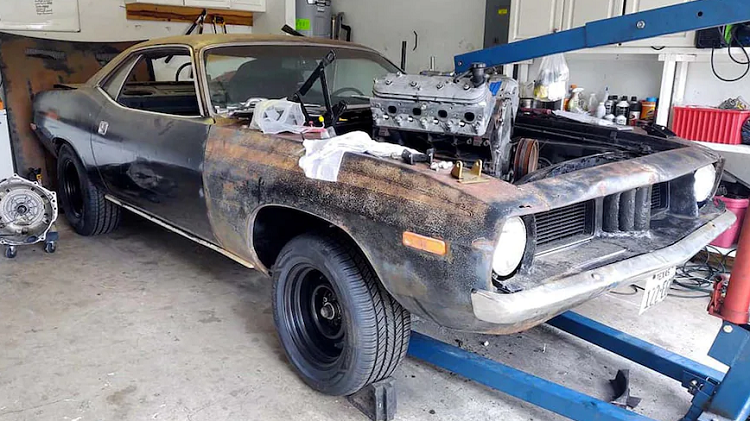
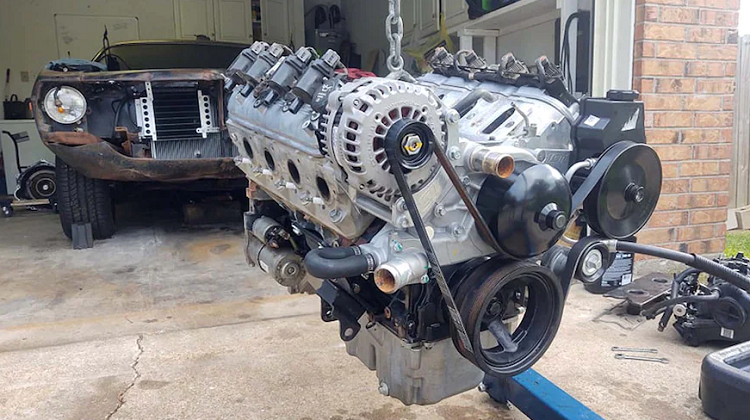
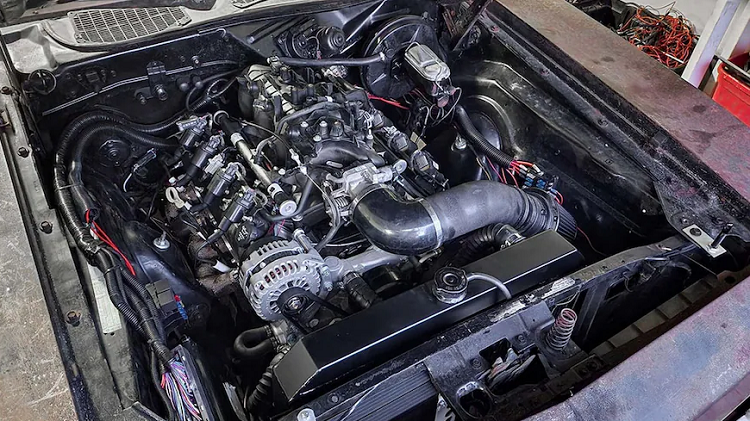

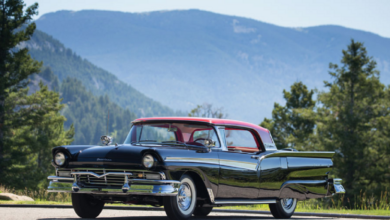
![Photo of [VIDEO] 1969 Chevy Nova SS396 Hits Drag Strip Against 1970 Dodge Challenger R/T](https://alltin.net/wp-content/uploads/2022/06/000-1-390x220.png)


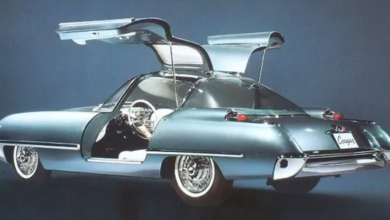
Makes total sense. This motor/type GM is, like stated above, very cost effective. Like it or not, brand motors can be prohibitively costly.